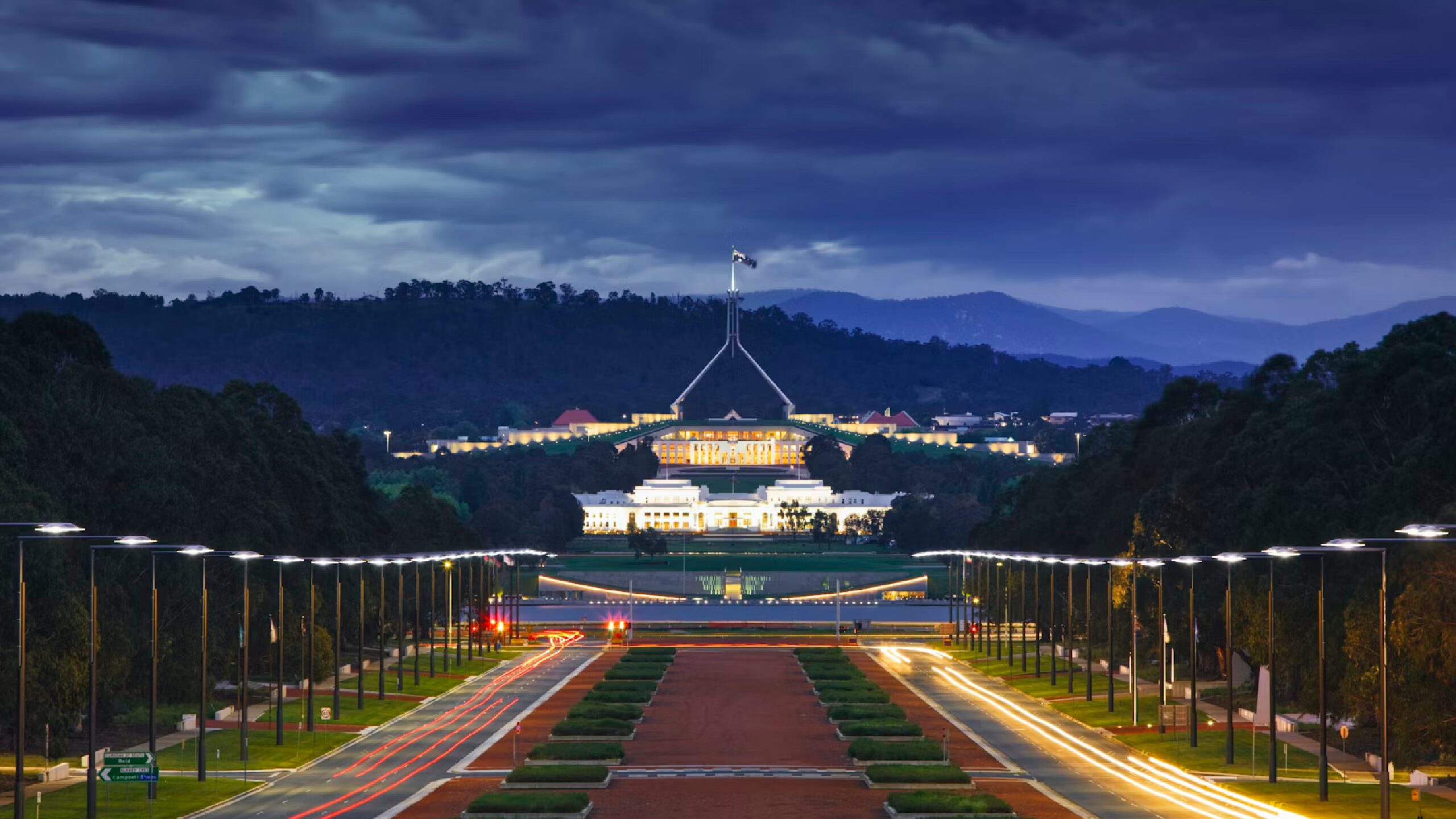ASFA backs super tax but says changes, transparency needed to ensure fairness
The Association of Superannuation Funds of Australia (ASFA) has come out in support of the government’s controversial proposal to increase tax rates on high superannuation balances, although it joined criticism of a plan to include unrealised capital gains in earnings calculations and cited the need to ensure concessions are distributed fairly.
Noting that it backs measures that aim to improve the equity and sustainability of the super system, the industry body said Labor’s proposal to double the tax rate from 15 to 30 per cent on any portion of a member’s super balance exceeding a $3 million cap generally lends itself to that goal.
“We have for many years called for reforms limiting the tax concessions that flow through to those on high incomes and/or with very high superannuation balances, and on that basis we support the intent of the government’s current proposal regarding total superannuation balances over $3 million,” ASFA said in its submission, filed by Julian Cabarrus (pictured), director of policy operations, member engagement and external relations.
However, the plan to use a proxy calculation of earnings for the proposed Division 296 tax will capture unrealised capital gains, it said, echoing a complaint that has been gaining steam since the amendments were first introduced.
“This is an unorthodox approach in the context of Australian taxation arrangements, and one that should not set a precedent for the taxation of superannuation or personal income tax more broadly,” ASFA argued.
Nonetheless, it acknowledged the intent of using a simplified proxy calculation to minimise compliance burden and costs that would ultimately be passed through to individual members, acknowledging that “any model that prioritises simplicity involves some difficult compromises”.
“While the effort and cost of performing such calculations would vary depending on the nature and structure of funds and their product offerings, ASFA considers… the cost-effective and efficient administration of Division 296 tax across the industry to be of paramount importance,” the submission stated.
ASFA urged that the proposed tax be “administered as efficiently as possible” to ensure cost-effectiveness, citing the risk that super funds will pass cost burdens on to members with total superannuation balances (TSBs) below the $3 million threshold.
“The present consultation package is largely silent on the process for administration and collection of the Division 296 tax, other than confirming that the ATO will issue an assessment for any tax liability directly to the individual and may, if the individual chooses, issue a release authority to one or more nominated superannuation providers for the release of monies in relation to that assessment,” it stated.
The submission further argued that the government should revisit proposed exceptions to the tax, noting, for example, that superannuation interest amounts relating to disability or medical conditions will receive different treatment under Division 296, with some individuals fully exempt and others liable to trigger a tax liability.
“Given all of these amounts involve individuals whose past and/or future ability to earn income and accrue superannuation has been substantially impacted by serious disability, injury or illness, ASFA sees little policy justification for treating some less concessionally than others,” it said.
According to ASFA, the draft bill also leaves several key details of the proposed tax to be regulated, including modifications to withdrawals and contribution totals and valuation methods for super interests.
“In particular, the draft bill requires the determination of an individual’s TSB with reference to the ‘TSB value’, rather than by reference to the individual’s transfer balance account (as applies under the current law)”, the submission stated, with regulations yet to prescribe a method for determining TSB value. The scope of detail left to be prescribed by regulation makes it impossible for funds and members to know the full impacts of the proposed legislation, it said.
“Without this detail, it is not possible for stakeholders to assess the totality of the legislative regime for the Division 296 tax. It is important that the draft regulations are made available before the enabling legislation is considered by Parliament.”









